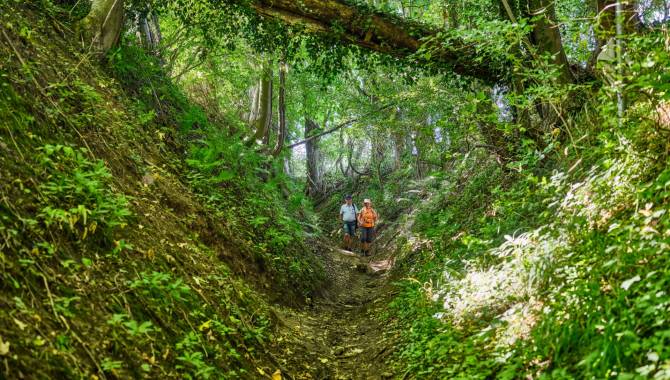




Photo: 06b lontzen hohlweg semmelgasse 01 c www.ostbelgien.eu christian charlier , CC BY ,East Belgium Tourist Agency NPO

Photo: 06a lontzen hohlweg limburgerweg 01 c loni liebermann , CC BY ,East Belgium Tourist Agency NPO

Photo: 06c wandern hohlwege 28 c oliver raatz interreg efre , CC BY ,East Belgium Tourist Agency NPO

Photo: 06d lontzen hohlweg heesgasse 02 c www.ostbelgien.eu christian charlier , CC BY ,East Belgium Tourist Agency NPO

Photo: 06e lontzen stiegel 01 c www.ostbelgien.eu christian charlier , CC BY ,East Belgium Tourist Agency NPO





Description
The unique hedgerow landscapes around Lontzen can be explored on various hiking trails. One special feature of these hiking routes is the numerous hollow ways and stiegel paths. Since most of the roads in the Middle Ages were not paved, hollow ways cut deep into the surrounding countryside resulted from centuries of use with wagons and livestock and rainwater running off the land. Among the most beautiful are the Semmelgasse (junction node 36 going towards junction node 80), the Waugasse (node 93 going towards junction node 21), the Heesgasse (junction node 32 going towards junction node 4), the Hellendergasse (between junction nodes 12 and 92) and the Teufelsgasse (junction node 63 going towards junction node 12). Whilst these hollow ways are often relics of historical roads, the stiegel paths are in some cases very old footpaths which linked up the villages and isolated farmsteads. The so-called stiegel were openings made with wooden stakes or stones, often also little swing gates or revolving gates, which barred the way for grazing animals but allowed humans to pass. In Herbesthal, for example, a 7.5-kilometre stiegel path starts at the building known as 'Zur Alten Schmiede' at Tivolistrasse 11. Having said that, you frequently run into stiegel and hollow ways on all the hiking paths in the region.
Hiking by junction nodes: https://www.ostbelgien.eu/en/walking/hiking-in-the-junction-node-system
Carte
Hollow ways & stiegel paths
4710 Lontzen